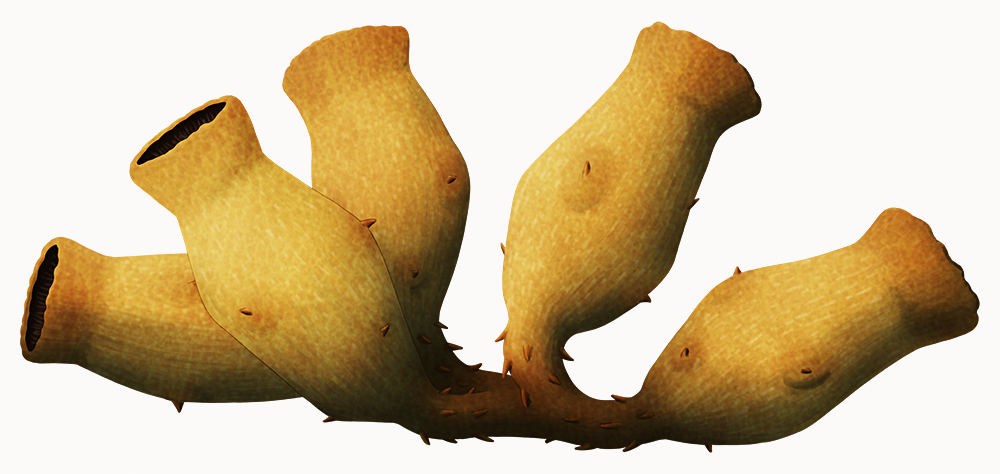Only around 0.3-1.8mm long (0.01-0.7″), Diskagma buttonii is known from the Paleoproterozoic of South Africa, dating to a whopping 2.2 billion years ago. These tiny urn-shaped structures were connected into bunches, and were found in rocks that were once ancient soils – hinting that there may have been some form of (relatively) complex life present on dry land much earlier than previously thought, as far back as the early stages of the Great Oxygenation Event.
But what these things actually were is a mystery. Their size and complexity resemble some sort of eukaryote, which would make them one of the oldest known representatives. They also have some similarities to the older fossil Thucomyces lichenoides, the younger fossil Horodyskia, and a modern fungus with internal symbiotic cyanobacteria.
Or they could be a very early “experimental” branch of life with no close living relatives. For now, we just don’t know.


How does Diskagma buttonii fit in with the earlier Thucomyces lichenoides?